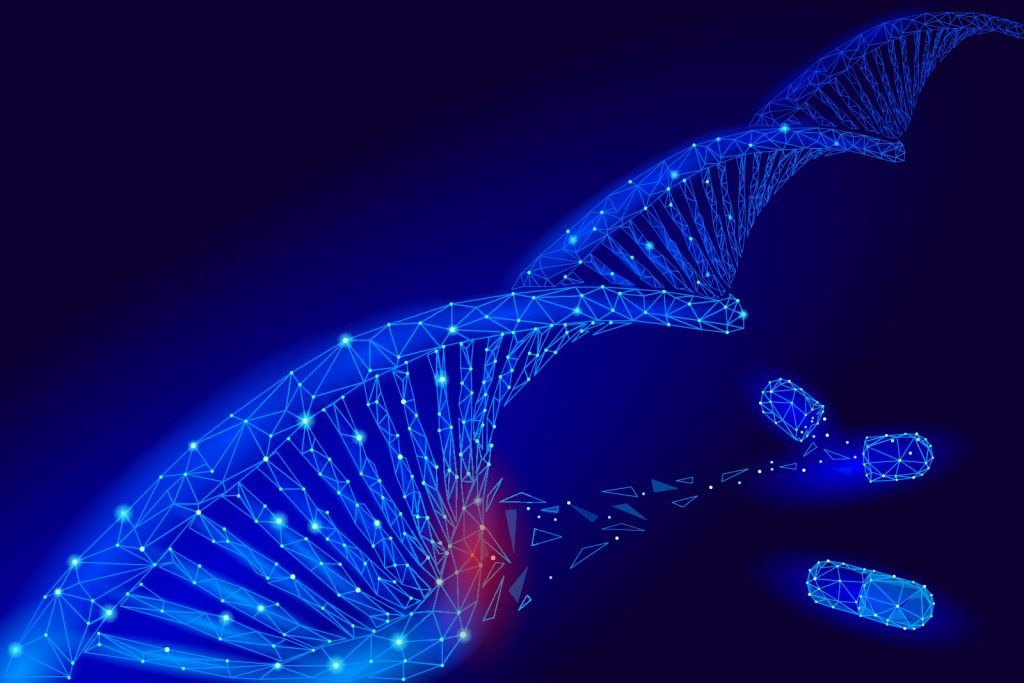Cell and gene therapies are transforming the course of disease treatment, from gene replacement that extends the lives of infants with spinal muscular atrophy, to CAR T-cell therapies that bring durable remission to patients with difficult-to-treat blood cancers. Instead of the old brute-force chemotherapy treatments that kill both cancer cells and healthy cells, these therapies alleviate the underlying cause of a disease. This can be accomplished by replacing a missing protein or cell that causes a disorder or suppressing the expression of proteins that harm healthy cells.
When talking to PlatformQ Health strategic partner the American Society of Gene + Cell Therapy (ASGCT), you get the sense that we’re just at the cusp of what is possible in this groundbreaking field. The organization brings together scientists, physicians, patient advocates, and other stakeholders to use genetic and cellular therapies to control human disease. Collaborations like these serve as a catalyst for incredible breakthroughs.
Understanding cell therapy vs. gene therapy
Cell therapy involves transplanting cells to replace or repair damaged tissue in the body, while gene replacement therapy introduces a healthy copy of a mutated or missing gene into a cell. Another treatment technique is gene editing therapy, which alters the genome itself to correct or replace a mutated gene.
One incredible example is a gene therapy that restores eyesight in patients with an inherited retinal disease caused by a mutation in their RPE65 gene. By infusing a normal copy of the RPE65 gene behind the retina, clinicians can treat this rare form of blindness. This is just one of an array of emerging therapies. The FDA has already approved cell and gene therapies to treat relapsed or refractory multiple myeloma, large B-cell lymphoma, mantle cell lymphoma, melanoma, mucogingival conditions, congenital athymia, spinal muscular atrophy, and even cartilage defects in the knee. There are many more of these therapies on the horizon.
A burgeoning field
https://fast.wistia.net/embed/iframe/gc9qc56qgf
“Having a treatment that is scientifically targeting the underlying problem based on a patient’s genetics changes the landscape of what is possible,” said Kimberly Goodspeed, MD, a member of ASGCT’s Patient Education & Outreach committee and a leading researcher in gene therapy. “Researchers are now branching out to explore ways these therapies could be used to treat very complex clinical conditions like autism, Rett syndrome, and Alzheimer’s disease.”
Gene and cell therapies are not merely treating symptoms but are for the first time truly eradicating diseases. “To be able to see a child who was going to pass away and give them a complete shot at a happy, healthy life is incredible,” said Nicole Paulk, PhD, an Assistant Professor of Gene Therapy in the Biochemistry and Biophysics Department at the University of California, San Francisco (UCSF) and Chair of the Translational Science Committee at ASGCT.
As a pioneer in next-generation AAV gene delivery and gene editing platforms, Dr. Paulk is responsible for developing numerous therapies for treating rare diseases. “Now that we’ve laid the groundwork [for gene and cell therapies], we’re going to be able to move beyond treating rare monogenic diseases,” she said. “In the next few years, we’ll see a big shift in the gene therapy space toward tackling diseases with more complex physiology underlying them such as cancers, diabetes, and neurodegenerative disorders. We’re already seeing more companies go after multi-gene disorders or multi-tissue indications where there’s more than one tissue that we need to express in.”
Bringing efficiency to emerging therapies
There are more than 7,000 rare diseases, and 95 percent have no treatment. Getting a new therapy to market takes years due to the time, cost, and complexity of the process involved. Researchers like Dr. Paulk are deeply committed to developing enabling technologies to bring these life-saving treatments to patients faster.
Her lab at UCSF is striving to develop a universal payload that could be used for treating more than one disease. This way instead of individual program teams each performing their own qualification, production, quality control, and toxicology testing, they would have one large scaleup process spanning across multiple indications. This would not only accelerate the time-to-market but make treatments less expensive to produce. “We’re pursuing manufacturing and purification modalities that wouldn’t have been possible just 5-10 years ago,” she said.
Dr. Goodspeed is also bringing tremendous efficiencies to the development process to accelerate the availability of effective treatments. She is part of a research team led by Dr. Jeff Waugh that is investigating the brain to understand human development and disease. While one team of investigators in her lab works on the bench research side, Dr. Goodspeed and her colleagues work on the clinical side, supporting families so that the moment a treatment is ready in the pipeline, there are patients enrolled in a trial so the treatment can be launched in the clinic setting.
By leveraging similar infrastructure and processes, researchers at Dr. Jeff Waugh’s lab are combining resources for various rare diseases to expedite clinical trial development. The team then interfaces with scientists across the country to align workflows and data collection. “It’s exciting that like-minded people are thinking both bottom up and top down to make all of us more efficient,” she said.
https://fast.wistia.net/embed/iframe/6o9eurknz4
A new frontier
Researchers are also finding unconventional ways to improve the precision of gene and cell therapies. By applying synthetic elements to these treatments, they can create logic circuits that essentially allow a therapy to be turned on or off. This will improve the efficiency of treatment and help control the body’s immune response to the therapy to reduce side effects. “We can engineer in layers of control and complexity that are far beyond anything evolving in nature,” said Dr. Paulk.
As researchers gain mastery over how these therapies work, we will see novel treatments become more commonplace. “When you look five or 10 years down the road, I think most of us will receive a cell or gene therapy in our lifetimes,” said Dr. Paulk. “They’ll become much more commonplace for treating conditions like cardiovascular disease, cancer, and diabetes.”
Educating clinicians
As gene and cell therapies become more mainstream, organizations like ASGCT are working to build awareness among clinicians who will need to understand how these treatment modalities work. As a strategic partner to PlatformQ Health, ASGCT works with us to advance knowledge, awareness, and education.
“Gene therapy is still new enough that there is a lot of misinformation about it, but if you can demystify it, it’s a relatively simple concept to understand,” said Dr. Goodspeed. In addition to planning a series of webcasts for clinicians, ASGCT has developed a rich set of content assets, including primers on CAR T-cell therapy, gene transfer therapy, as well as disorders that are amenable to gene and cell therapy. The organization also created educational materials that are helpful for clinicians to share with patients and families.
Learn more about delivering impactful education to providers and patients. Email us at digital@platformq.com.



